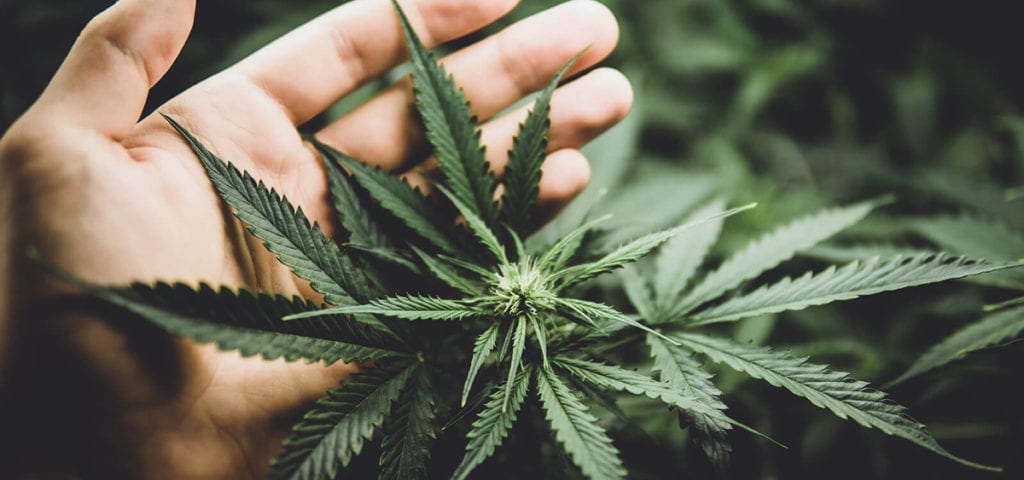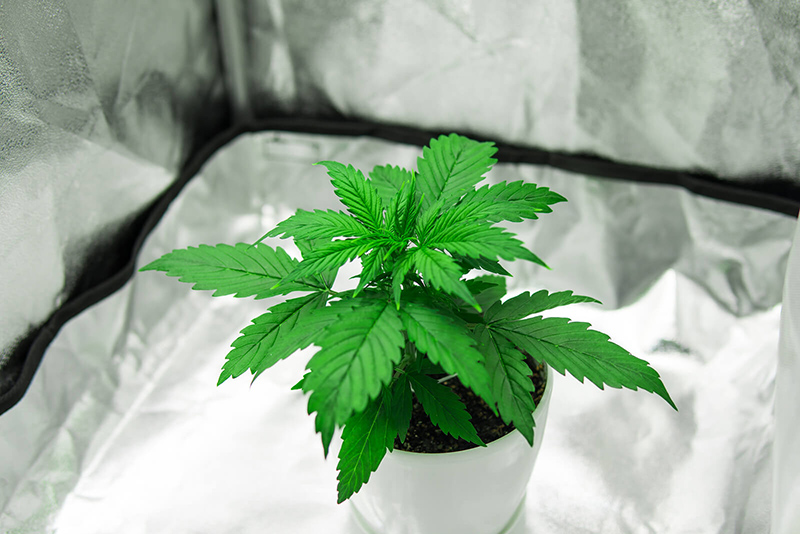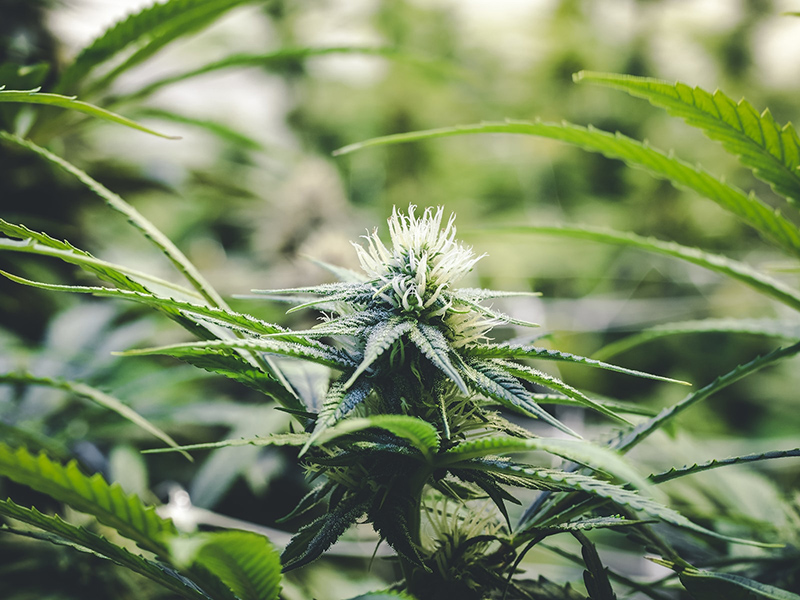The most important part of growing cannabis is getting a favorable yield that brings smiles and profit when it’s time to harvest. Growing cannabis, however, can sometimes be challenging for beginners. The success of your marijuana grow frequently depends on one crucial factor: lighting.
Lighting is crucial when you are growing your cannabis, whether indoor or outdoor. The light cycle you use for flowering cannabis directly correlates to a crop’s quality and overall yield. Yes, you need light to grow your cannabis, and here is what you need to know about the cannabis plant light cycle.
There are two stages of cannabis growth where it is important to strategically monitor your light cycles. These are:
- The vegetative stage
- The flowering stage
The Vegetative Stage Light Cycle
This is the stage where your plants are growing. This stage is very vital for the success and health of your cannabis plant. At this stage, the stems and leaves of the marijuana plants start growing larger and taller. However, also at this stage, the cannabis plant doesn’t produce any buds and you will have to control the shape and size of your plant. That is where the cannabis light cycle comes in: the light for your plants can be manipulated at this stage to yield better growth. The more lighting your cannabis plant receives, the better their growth and future yield.
When marijuana plants are in the vegetative stage, keep them under a minimum of 18 hours of growing light (also known as 18/6). But if you are one of those growers that would like their plant to grow as big as possible, then you may keep them under 24 hour (24/0) indoor light.
Cannabis plants don’t start developing flowers until they start receiving 12 hours of continuous darkness. Otherwise, they will continue to remain in the vegetative stage. As long as your cannabis plants are getting about 13 hours of light (or more) every day, you can keep your plants in this stage forever.
Indoor Vegetative Stage
Note that while in the vegetative stage, light is not the only means of growing large cannabis plants. If you are growing your plants indoors, you will need a well maintained grow room with a high ceiling.
Also, it’s important to note that certain cannabis strains (like Northern Lights and Jack Herer, for example) grow higher yielding crops even without such manipulations.
Outdoor Vegetative Stage
Typically, most growers would start their cannabis plants indoors under lights before moving them outside to grow under the sun. Most growers would usually start either cutting clones or starting seeds during March or April, and would keep them under 18 to 24 hours of constant light before moving them outside in the early period of May or June.
So, if you have plans to grow your cannabis outside, it can be helpful to first keep them inside until all forms of danger like frost, for example, have passed. A sudden drop in temperature or a late spring snowfall can kill your cannabis crop outright.
But, once such risks are over, your plants will be in vegetative stage outdoor from the late period of spring down to late summer.
The Flowering Stage Light Cycle
For your plants to move from their vegetative stage to the flowering stage, they will need to be exposed to 12 or more hours of darkness each day to start flowering.
Flowering Indoor Cannabis
Most growers that grow their plants indoors begins from the point of 12 hours of darkness immediately the plants have reached the desired size and shape during their vegetative stage. Usually, most growers prefer an indoor vegetative period of 4-8 weeks under a 24/0 or 18/6 light period.
To grow cannabis successfully indoor, you need to mimic the natural growth pattern. When you grow your cannabis outdoor, they start to develop buds (flowers) as the days gets shorter, and they receive a minimum of 12 hours of complete darkness. To do this, just switch your light usage from 18 to 24 hours of good sunlight daily down to 12 hours of light and also of 12 hours of darkness for the cannabis life cycle.
Flowering Outdoor Cannabis
If you have plans to grow your plants outdoors, allow nature to take its course. During this time period, the cannabis plants will start to produce flowers naturally on their own, which usually happens after the 21st of June, as the days start getting shorter.
Of course, the plants will not stop growing or developing flowers at this particular instance. On average, the plants start doubling up in height and shape after they begin the flowering stage — this is true for both indoor and outdoor plants. However, make sure your cannabis plants are NOT exposed to light during the 12 hours they are supposed to be in darkness. Take care: floodlights and even street lights can seriously disrupt the flowering period.
Scheduling Your Light Cycles for Maximum Yield
Are you planning to grow your cannabis indoor or outdoor? It is crucial you understand light cycles for cannabis seedlings so you can define the best light schedule for your crop. If you can follow up with a beautiful lighting plan, you will get maximum yield during harvest.
If you are growing your cannabis plant indoors and you do not have any issue with room height or space, then you should allow your plant to remain under 24/0 or 18/6 light schedule during the vegetative stage. This should last for 60 days, which is the best time to grow more flowers.
On the other hand, if you plan to grow outdoor, your light cycle for flowering cannabis should also be scheduled for 18/6 or 24/0, but you will want to first keep them inside until all unfavorable conditions like freezing temperatures and frost have passed. After that, you can safely bring them out and allow them to grow and flourish naturally under the open atmosphere, relying on the sun’s natural light cycle.
From the moment you have successfully crossed the vegetative stage of your cannabis plants, from 3 to 6 months, get ready to reap a bountiful harvest from your seedling efforts.
Final Thought
There are a whole lot of benefits to growing your own cannabis. However, you can only get the best harvest and therefore the most benefit from homegrown cannabis by knowing the various light cycles involved during the planting and growing of your crop.
You will have to do some experimenting to get truly familiar with the cannabis light cycles we have discussed. If you are cannabis cultivation newbie, however, you can stick to the tips above and rest assured that you will find success along the way.
End


